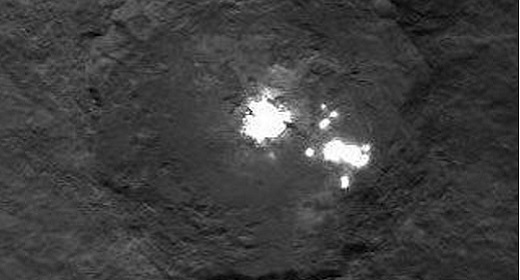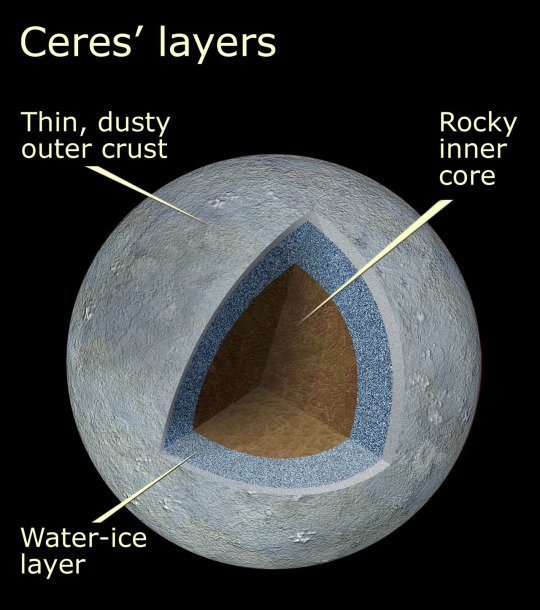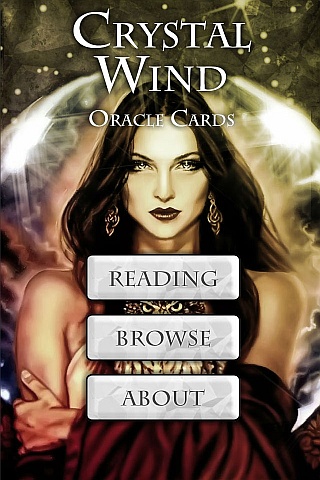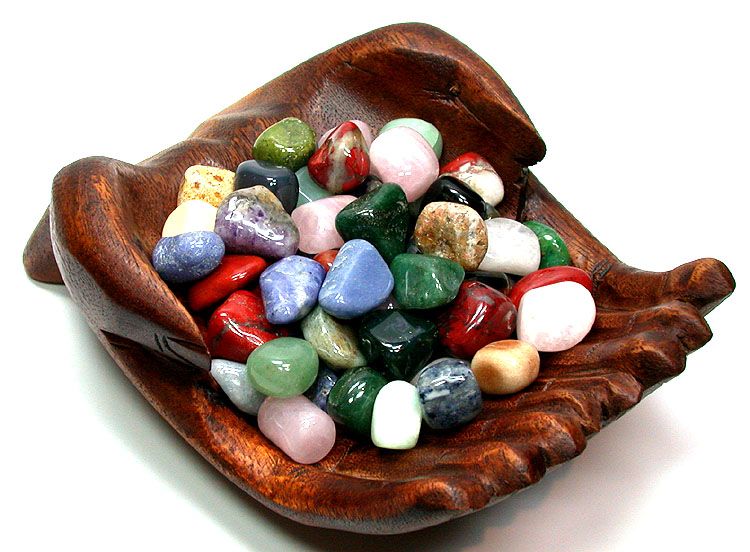Unexpected Activity On The Ceres Asteroid - Bright Spots Are Flashing and Changing
- Details
- Written by AndEl

Nestled 250 million miles from Earth, between the orbits of Mars and Jupiter, is the largest object in the asteroid belt: Ceres.
It’s home to some of the most puzzling features ever observed in our solar system, including a giant pyramid that dwarfs many mountains on Earth and several dazzling bright spots inside a 50-mile-wide crater.
Now, recent research, led by astronomers at the INAF-Trieste Astronomical Observatory in Italy, has discovered that these unique bright spots are doing something unexpected: They’re changing.
And it could point to some of the most compelling evidence yet for a huge underground ocean sloshing beneath Ceres’ rocky shell.
A misty glow
We first got a good look at Ceres and its perplexing landscape last year, when the Dawn spacecraft fell into orbit around it. But Dawn isn’t the only instrument scientists are using to study Ceres.

Using the European Southern Observatory’s 3.6-meter telescope, the team noticed that Ceres’ spots appear to vary in brightness over time — growing brighter before dimming back down, like a lightning bug on a summer night.
Interestingly, the spots are brightest when they’re on the day side of Ceres, facing the sun. This has led the team to suspect that these surprising changes are the result of sublimation, when a solid becomes a gas.
Heat from the sun’s light sublimates certain materials, which then forms a visible misty haze above the spots, the team reported in the Monthly Notices of the Royal Astronomical Society.
When additional sunlight then strikes the mist, it scatters the light, giving off a brilliant glow that makes the spots appear brighter.
The mist, however, is only temporary. It seems to evaporate within a few hours after forming. Without any mist hanging over them, the spots then appear to dim, which explains the variable changes the team observed.
But there’s one thing the mist doesn’t explain: What’s fueling it in the first place.

A grand ocean in space
Ceres has been around since the start of our solar system, which makes it roughly 4.6 billion years old.
If these spots have been shooting off mist for that long, then they should have disappeared by now, unless some source was continuously supplying the material.
So what’s going on?
The team suspects that a vast underground ocean could be swelling up through cracks in Ceres’ crust, which formed after a powerful impact.
“It is assumed that something comes out from [the] interior of the planet where there is a large amount of water and that can evaporate filling the crater and eventually dispersed under the action of solar radiation,” the team said in a press release.
If there’s liquid water underneath Ceres’ surface, then that means that there must also be a heat source.
Ceres is turning out to be a far more interesting world than we thought.
Liked this article? Dive deeper into personal growth and wellness! Check out CrystalWind.ca for spiritual wisdom or explore AromaWorx.ca for natural well-being tips. Spread the positivity—share this with friends on their happiness journey!
Let’s Chat! Drop Your Thoughts Below! ![]()
Latest Articles
Dive into the Mystical World of the Crystal Wind Oracle Deck!
Get All the Enchanting Details Now!
NEW Expanded Boxed Edition!
Now with 58 Cards for Richer Wisdom!

Imagine a world of inspiration and healing, free for all—made possible by YOU!
Donate Now—Ignite the Magic at CrystalWind.ca!

Epilepsy - Finding A Cure
Your donation can make a difference!
Help us find a cure – donate now!
Unlock Your Light: Join Lightworkers Worldwide on CrystalWind.ca!
Articles: The Founders
Articles: Cosmic Neighbours
Articles: Galactic History
Follow Us!
Featured This Month
Virgo Mythology
The Virgo Myth In all of constellation mythology, few legends are as misund... Read more
Mabon Magic: Ideas For Fall Decoration And R…
Welcome (almost!) to Fall! We’re turning the Great Wheel once again, toward ... Read more
Sun in Virgo
An Overview of Sun Sign Characteristics for Virgo Virgo is guided by Mercur... Read more
Crystals for Virgo
As the warmth of summer begins to soften into the crispness of autumn, the Sun... Read more
The Vine: September 2nd - September 29th
The Autumnal Equinox ( Alban Elfed ) Celtic Symbol : The White Swan Read more
Watermelon Tourmaline
Synonym: Rainbow Tourmaline The watermelon tourmaline is a rare variety t... Read more
Mabon in Modern Times: Fresh Takes on the Au…
The Mabon season begins somewhere around the 21st-22nd of September and cont... Read more
Peridot: The Healer's Stone
Peridot has been used as a Power Stone for centuries. Peridot fosters emotio... Read more
Sweet Violet
Sweet Violet Faithfulness and modesty. “I will always be true to you.” Helps... Read more













































